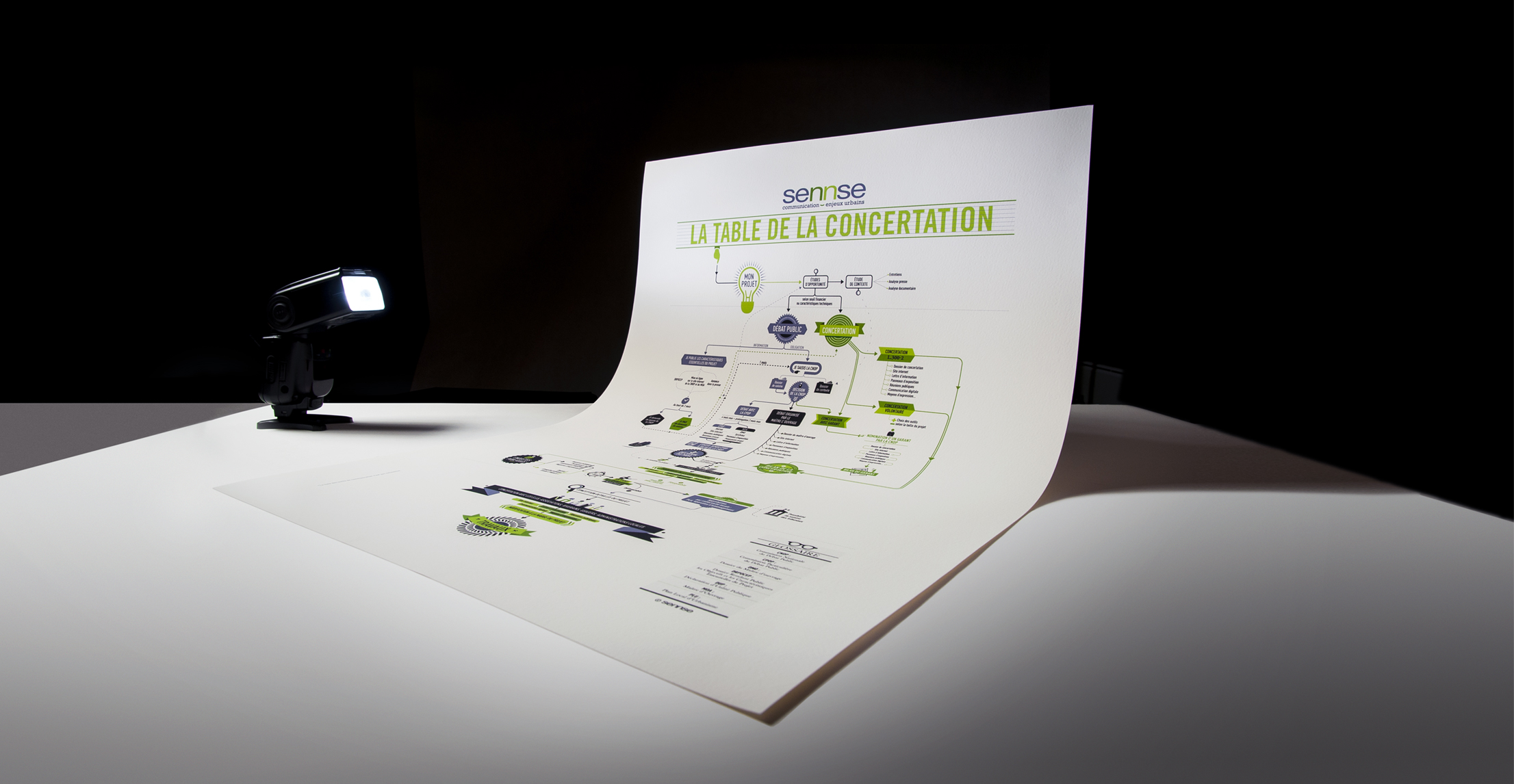Building the best consultation strategy means creating the conditions for constructive dialogue, leading to a project whose social acceptance is shared.
There are several ways in which this dialogue can be encouraged: in some cases, it is useful to put it into the hands of on an independent third party, who can facilitate contact and dialogue if the relationship between the project initiator and the public is complex.
In other cases, setting up a concertation committee, made up of the key players with an interest in the development of the approach, can be additional proof of the goodwill and transparency of the system.
Finally, defining clear and shared rules of the game is fundamental. These rules must be the object of concerted action (what is the subject of the consultation?), the social contract (transparency, respect for people, listening to each other, etc.), its scope (thematic and geographical), the methods put in place and, finally, the proper use of its result (to what extent can concertation influence the decision?).
Once these strategic elements have been defined, an operational mechanism should be put in place to meet the public’s need for information and its desire to have its voice heard.
Consultation process answers three questions :
- When? What is the duration and the rythmn of the process?
- Who? Who are the stakeholders of the consultation process?
- How? What are the tools of the process?
When?
Consultation process is open, its calendar too. It is accessible to all and states about all sorts of meetings, topics on boards, information, expression and report (“deliverable”) times.
Who?
The audiences of the consultation are defined exhaustively. The public must receive a global information on the project then each type of public, segmented according to its activities, its geographical location, its expectations receives detailed and accurate information.
How?
The question of the tools of the consultation is traditionally at the heart of the concerns of the owner. Here again, the operational response must be coherent with the subject of the consultation and the means made available : an unspecified website or questions on a forum without response within 24 hours, for example constituting significant obstacles to the credibility of the approach.

